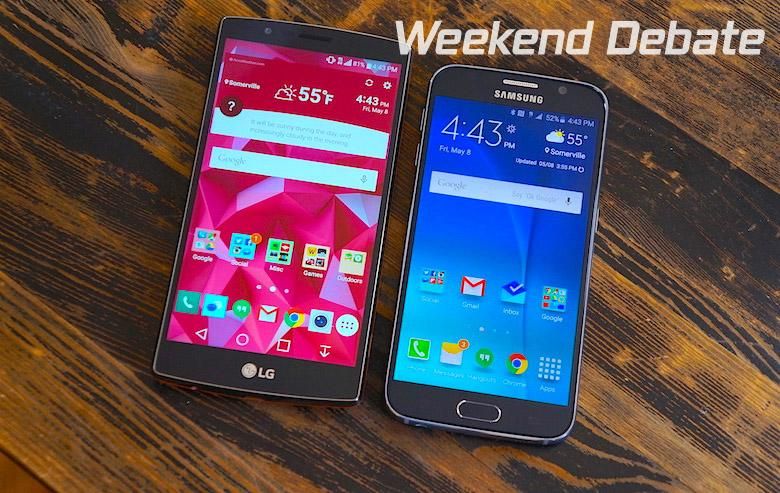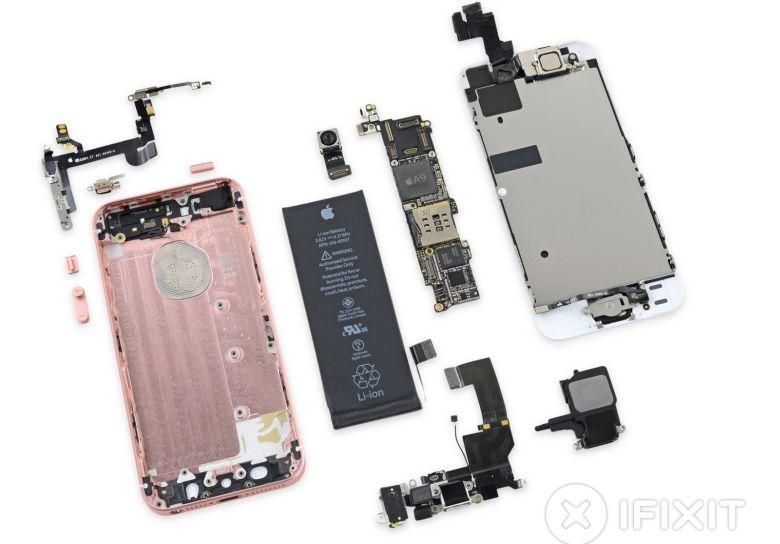There’s an old saying that goes, “it’s only worth what someone is willing to pay for it.” And if that was going to be the crux of my argument, this article would already be over. But the fact remains that you and I have a pretty expensive hobby in smartphones and especially flagships. So, if it’s only worth what someone will pay, then we’re clearly all willing to pay quite a bit.
But then these tear-downs come out and we find out just how much it actually costs to build these phones from a physical component perspective. Often the cost is 1/3 of the retail price of these units, or even less. This begs the question – where does the rest of that money go? Straight into the vault at Cupertino? It’s not a question of how much we’re willing to pay for these devices, it’s a question of how much should we pay.
What the heck?!
On the face of it, it looks like we, the consumers, are getting screwed. Charging three times the amount it takes to build these phones seems like a touch much, doesn’t it? I mean if you can build a phone for $230-$250, and sell it for $400 or even $450, I think a lot of us would be pretty stoked about that, and leave ~100% of the cost for profit. But smartphones have set a standard at which pricing starts which is generally accepted to be in the $650-$700 area, but who made that number up?
There comes a time when we have to ask ourselves why these companies are making so much money. Is it just because they’re selling a phone with such a high markup? Well that’s just fresh off the ridiculous farm, being sold in baskets by the side of the road. But perhaps the answer is that we just have decided that $650 is what we’re willing to pay for the latest and greatest, but there should be a way to un-decide that. But the fact of the matter is, if flagships only cost $230 to make, $650 as a retail price is just too much.
And yet…
If building materials were the only thing that went into these phones, there might be a point there. But the reality is, it’s not. From a physical standpoint there are numerous other costs to take into consideration. Manufacturing, shipping, distribution – none of these things are going to pay for themselves. Add to that other overhead costs – employees, marketing, office space, complimentary mugs for the employee of the month and it costs a lot to put out a smartphone.
Plus, let’s not forget ongoing costs like support for your device and R&D for the next big thing. All this can cost a ton of money to put together. Call centers alone are not cheap to properly maintain and staff. So if your phone breaks, and you need help getting it fixed, who are you going to call? That’s your extra dollars at work, right there.
Because we can
At the end of the day, consumers have three things going against them when it comes to smartphone costs – overhead, demand, and “because we can”. “Because we can” is probably the hardest to overcome because consumers vote with their wallets, and these days, a lot of them a voting for the $650 price point. Some companies use that extra money to set up Taylor swift treadmill accidents for advertising. Some use it to build better phones of tomorrow. And yes, some of it ends up in a vault in Cupertino – not as much as you probably think, but some.
But what do you think? It’s easy to say, “Ah! Smartphones should be cheaper, grr!” and it’s also easy to agree that $650 is what we’re all paying, so why not charge $650? But we here at the weekend debate don’t go for easy, so let’s dig into some hard areas – do OEMs advertise too much? Do some not justify the services like support we are presumably paying for? I want to hear what you think and I want you to back up what you’re saying with some solid facts and figures, or at least some anecdotal evidence because this is not a simple, straightforward question. So let’s all see if we can figure this out.



